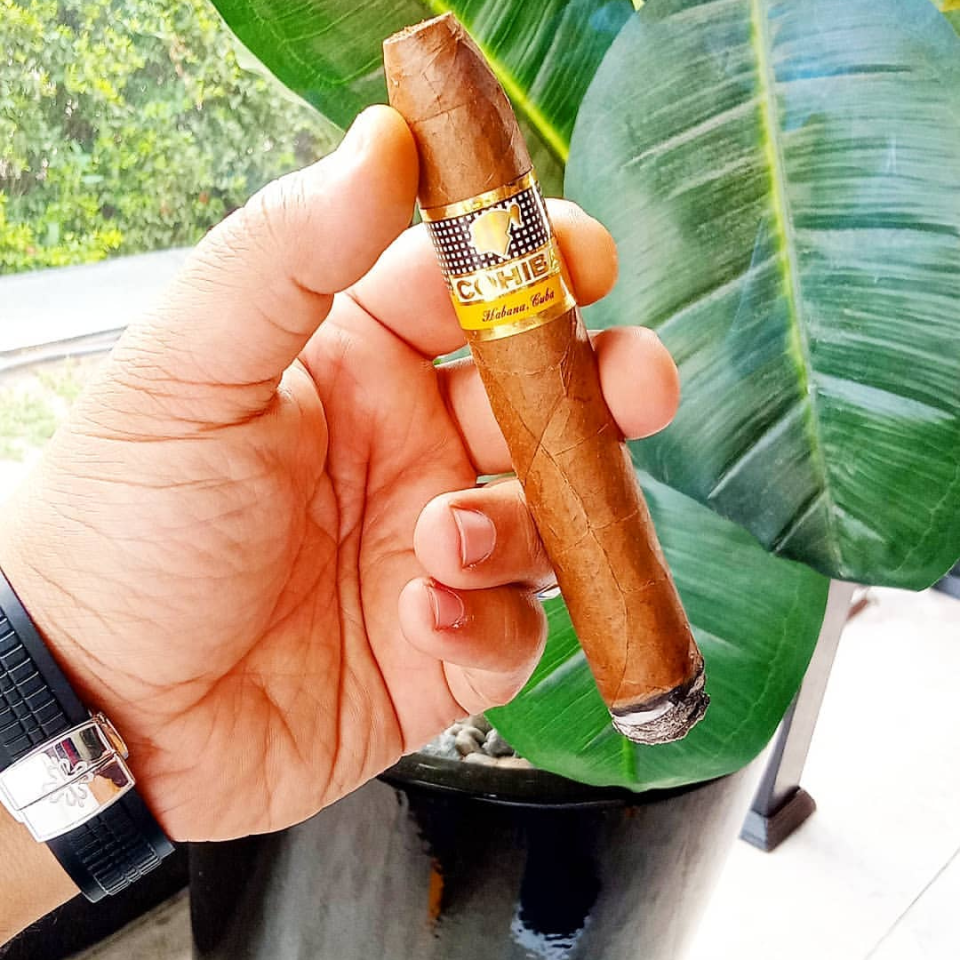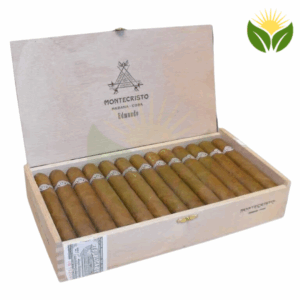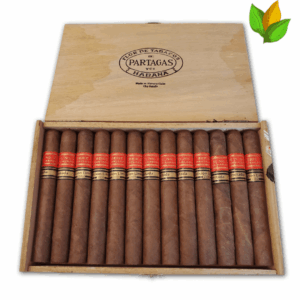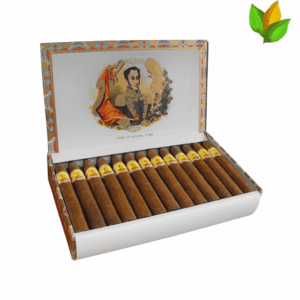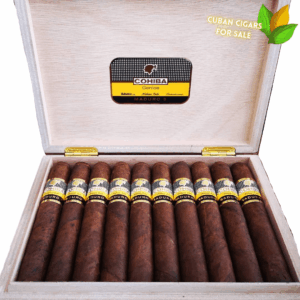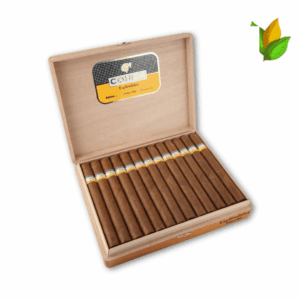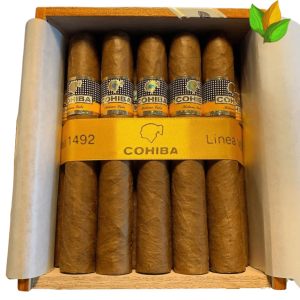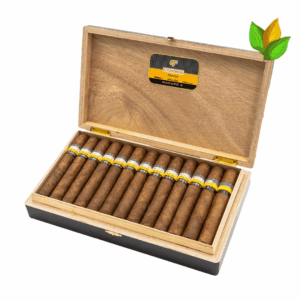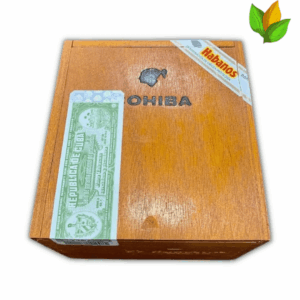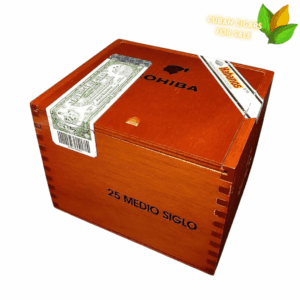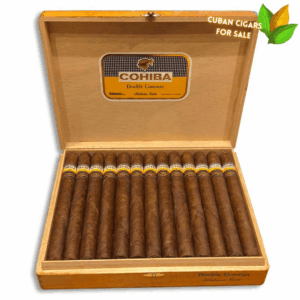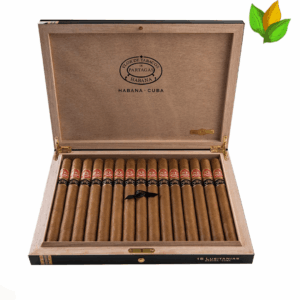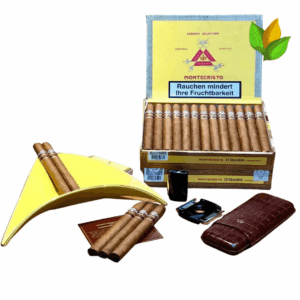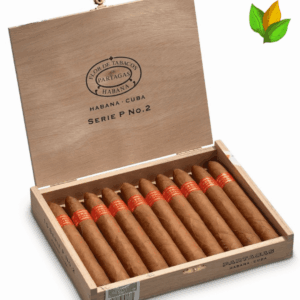DIY Humidor – How to Make Your Own Cigar Storage Solution
Welcome to our comprehensive guide about DIY Cigar Humidor. In this article, we’ll explore everything you need to know about DIY Cigar Humidor, from selection and storage to appreciation and enjoyment. Whether you’re a seasoned aficionado or new to the world of DIY Cigar Humidor, this guide provides valuable insights and expert knowledge.
Table of Contents
- Introduction to DIY Cigar Humidor
- History and Heritage
- How to Select DIY Cigar Humidor
- Storage and Aging
- Enjoying Your DIY Cigar Humidor
- Frequently Asked Questions
When it comes to buy DIY Cigar Humidor, there’s something special about the ritual of enjoying a good cigar, but without proper storage, even the finest cigars can lose their flavor and aroma. In this comprehensive guide, we will show you how to create your own DIY humidor to ensure your precious cigars are stored in optimal conditions. From selecting the right materials to maintaining the ideal humidity levels, follow our step-by-step instructions to craft a personalized cigar storage solution that will preserve the quality of your cigars for a perfect smoke every time.
Planning Your DIY Humidor for DIY Cigar Humidor
A How to Make a DIY Humidor for Your Cigars blog post can guide you through the process of creating your own cigar storage solution. Before you launch on this project, it’s crucial to plan meticulously to ensure your humidor is effective in preserving your cigars.
Factors to Consider Before You Start
- Size of your cigar collection
- Humidity control mechanisms
- Temperature regulation
Even if you are a beginner in woodworking, building your DIY humidor is achievable with the right guidance. Factors like the size of your cigar collection, the type of humidification system you plan to use, and how you want to regulate temperature are all crucial considerations. Perceiving these factors before starting will help you design a humidor that meets your specific needs.
Materials and Tools Required
Before you begin constructing your homemade humidor, ensure you have all the necessary materials and tools at hand. For instance, you will need hardwood for the box construction, Spanish cedar for lining the interior, a hygrometer to monitor humidity levels, a humidifier to maintain the ideal humidity, and a reliable seal to keep the conditions stable. , especially when discussing buy DIY Cigar Humidor.
Construction of Your Humidor for DIY Cigar Humidor
If you’re considering building your own humidor, check out this article on DIY Humidors for inspiration and guidance.
Step-by-Step Construction
| Materials Needed | Steps |
| Wood, Hygrometer, Humidifier | Measure and cut wood to desired size, Install hygrometer and humidifier |
Tips for Ensuring a Tight Seal
Little details matter when constructing a humidor. To ensure a tight seal, consider the following tips:
- Use high-quality wood to prevent warping
- Apply weather stripping to the lid for a secure closure
- Check for gaps and seal with wood putty or silicone
Construction of your DIY humidor is a precise task that requires attention to detail. To guarantee a tight seal, choose the right materials and follow the steps carefully. Assume that any gaps or cracks will compromise the humidity levels inside, affecting your cigars’ quality and flavor. Optimal storage conditions are crucial for preserving your cigar collection, so don’t skimp on ensuring a proper seal.
Setting Up the Ideal Environment for DIY Cigar Humidor
Keep DIY Cigar Humidors: How To Make Your Own Cigar Storage…
How to Regulate Humidity Levels
On a DIY humidor journey, regulating humidity levels is paramount. To maintain the perfect environment for your cigars, consider using a quality hygrometer to monitor humidity levels. Keep the humidity between 65-72% for optimal cigar storage conditions. Remember to check and recalibrate your hygrometer regularly to ensure accuracy.
Tips for Maintaining Temperature
Even though humidity is crucial, temperature plays an equally important role in preserving your cigars. Store your humidor in a cool, dark place away from direct sunlight and heat sources. Additionally, avoid placing your humidor near air vents or drafty areas as temperature fluctuations can affect the consistency of the storage conditions. Knowing the right temperature range (around 65-72°F) is key to keeping your cigars fresh and flavorful over time.
- Avoid direct sunlight exposure to prevent temperature fluctuations
- Keep your humidor away from air vents or drafty areas
- Regularly check the temperature and adjust as needed
| Below 60°F | Cigars may dry out and lose flavor |
| Above 75°F | Cigars may develop mold or beetle infestations |
Maintenance and Troubleshooting for DIY Cigar Humidor
How to Keep Your Humidor in Top Shape
Even the most well-crafted humidor requires regular maintenance to ensure proper functionality. To keep your humidor in top shape, it’s important to regularly check the seal on the lid to ensure it is airtight. Additionally, make sure to occasionally wipe down the interior with a clean cloth dampened with distilled water to prevent mold growth. Finally, be sure to monitor the humidity levels with a reliable hygrometer and refill your humidification device as needed.
Troubleshooting Common Issues
Clearly, even with proper maintenance, issues can still arise with your DIY humidor. Common problems include fluctuating humidity levels, mold growth, or a musty smell. If you notice any of these issues, it’s important to act quickly. Fluctuating humidity levels can be resolved by adjusting the humidification device or adding more distilled water. Mold growth requires immediate action – remove affected cigars, clean the interior with a solution of distilled water and isopropyl alcohol, and let the humidor air out before reintroducing cigars. A musty smell may indicate mold or bacteria growth, in which case a more thorough cleaning and airing out of the humidor is necessary.
When it comes to genuine DIY Cigar Humidor, Troubleshooting: If you encounter any issues with your DIY humidor, it’s crucial to address them promptly to prevent damage to your cigars. Do not forget, regular maintenance and monitoring are key to ensuring the longevity of your cigar collection.
Final Words for DIY Cigar Humidor
Considering all points, creating your own DIY humidor can be a rewarding and cost-effective way to store your cigars. By following the steps outlined in this guide, you can customize a cigar storage solution that meets your specific needs and preferences. Remember to use quality materials, maintain proper humidity levels, and regularly monitor and care for your cigars to ensure they remain in optimum condition. With a little effort and creativity, you can enjoy the satisfaction of knowing you have a unique and functional humidor that protects and preserves your precious cigar collection.
FAQ for DIY Cigar Humidor
Q: Why should I consider making my own humidor instead of buying one?
A: Making your own humidor allows you to customize it to your preferences and ensure that it meets your specific storage needs. It can also be a fun and rewarding DIY project that saves you money compared to buying a pre-made one.
Q: What materials do I need to make a DIY humidor?
A: You will need a wooden box or container, Spanish cedar lining, a hygrometer, a humidifier, hinges, a latch, and a humidification solution. Spanish cedar is recommended for its ability to regulate humidity and enhance the flavor of cigars, especially when discussing premium DIY Cigar Humidor.
Q: How do I maintain the humidity levels in my DIY humidor?
A: To maintain proper humidity levels in your humidor, you should season the Spanish cedar lining before adding your cigars. Use a humidification solution to keep the humidity at around 65-70%. Check the hygrometer regularly and refill the humidifier as needed to prevent your cigars from drying out.
Explore Our Premium DIY Cigar Humidor Collection
Ready to experience authentic DIY Cigar Humidor? Browse our carefully curated selection:
- Partagas Serie P No.2 – Premium authentic Cuban cigars
- Hoyo de Monterrey Epicure No. 2 – Premium authentic Cuban cigars
- Cohiba Robustos Supremos – Premium authentic Cuban cigars
- Sancho Panza Non Plus – Premium authentic Cuban cigars
- Cohiba Siglo Vl (Tubos) Box of 15 Luxury – Premium authentic Cuban cigars
Related Articles About DIY Cigar Humidor
Continue learning about DIY Cigar Humidor with these informative articles:
- The History of Bolivar Cigars – From Simon Bolivar to Modern Day
- Romeo y Julieta Cigars – Pairing Suggestions and Serving Tips
- The Art of Aging H. Upmann Cigars for Optimal Flavor and Aroma
Expert Resources on DIY Cigar Humidor
Learn more about DIY Cigar Humidor from these authoritative sources:
- Cigar Aficionado – Expert reviews and ratings
- Wikipedia – History of Cuban cigars
- Halfwheel – Industry news and reviews
Start Your DIY Cigar Humidor Journey Today
Now that you’ve learned about DIY Cigar Humidor, it’s time to experience them yourself. Browse our complete collection of authentic Cuban cigars and discover why DIY Cigar Humidor are treasured by aficionados worldwide. With our guarantee of authenticity, expert curation, and worldwide shipping, your perfect DIY Cigar Humidor experience is just a click away.
Remember: Whether you’re new to DIY Cigar Humidor or a seasoned enthusiast, we’re here to help you find the perfect cigars for your taste and occasion. Don’t hesitate to explore our selection and join the ranks of satisfied customers who have made us their trusted source for authentic DIY Cigar Humidor.


